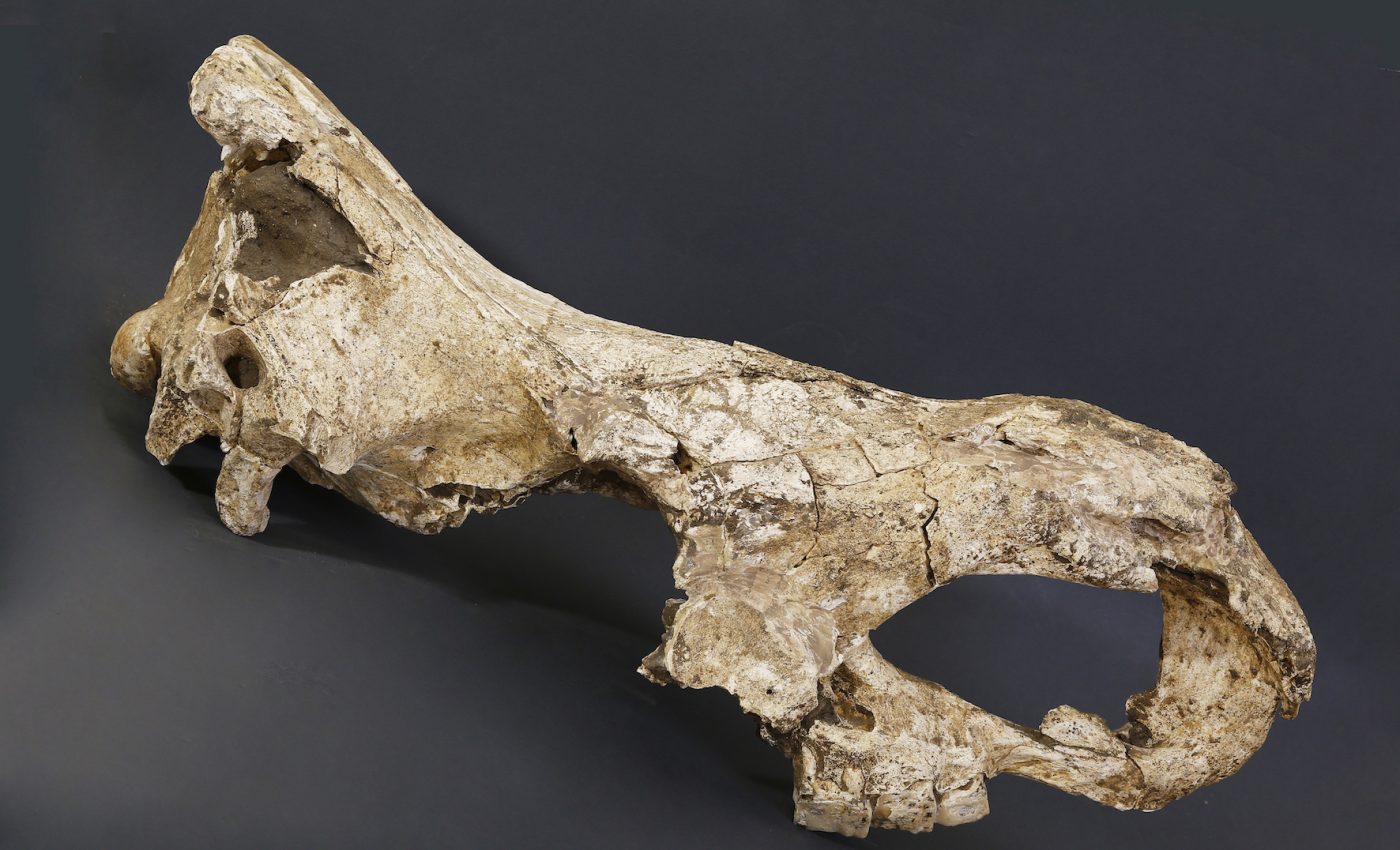
Latest breakthrough could offer new insight into modern human evolution
Latest breakthrough could offer new insight into modern human evolution. In a groundbreaking new study, scientists have extracted genetic information from a rhino tooth that dates back 1.7 million years. The team identified an almost complete set of proteins in the tooth enamel, which is the largest and oldest genetic data to ever be recorded.
The discovery will help scientists to reconstruct animal evolution farther back in time than ever before. Prior to this study, the oldest DNA sequence was from a horse that was 700,000 years old, but the new data exceed this fossil record by one million years.
Study lead author Eske Willerslev is an evolutionary geneticist at St. John’s College and the University of Cambridge.
“This research is a game-changer that opens up a lot of options for further evolutionary study in terms of humans as well as mammals. It will revolutionize the methods of investigating evolution based on molecular markers and it will open a complete new field of ancient biomolecular studies,” said Willerslev.
The DNA record of human evolution only covers the last 400,000 years, yet the ancestral lineages of modern humans and chimpanzees split about six to seven million years ago. This means that scientists are lacking genetic information for more than 90 percent of the evolutionary transition which gave rise to modern humans.
According to the researchers, the genetic links between modern humans and extinct species such as Homo erectus are also unclear because our current knowledge is based primarily on anatomical information instead of genetic data.
“For 20 years ancient DNA has been used to address questions about the evolution of extinct species, adaptation and human migration but it has limitations. Now for the first time we have retrieved ancient genetic information which allows us to reconstruct molecular evolution way beyond the usual time limit of DNA preservation,” said study first author Professor Enrico Cappellini. “This new analysis of ancient proteins from dental enamel will start an exciting new chapter in the study of molecular evolution.”
For their investigation, the researchers took samples of dental enamel from the tooth of a 1.77-million-year-old extinct rhinoceros that lived in Eurasia during the Pleistocene called Stephanorhinus. The team used mass spectrometry to sequence the ancient protein and retrieve genetic information.
“Mass spectrometry-based protein sequencing will enable us to retrieve reliable and rich genetic information from mammal fossils that are millions of years old, rather than just thousands of years old. It is the only technology able to provide the robustness and accuracy needed to sequence tiny amounts of protein this old,” said study co-author Professor Jesper V. Olsen.
Professor Cappellini noted that dental enamel is abundant and also incredibly durable, which is why a high proportion of fossil records are teeth.
“We have been able to find a way to retrieve genetic information that is more informative and older than any other source before, and it’s from a source that is abundant in the fossil records so the potential of the application of this approach is extensive,” said Professor Cappellini.
The new technique may ultimately enable experts to build a more elaborate and accurate picture of the evolution of hundreds of species, including modern humans.
The study is published in the journal Nature.
—
By Chrissy Sexton, Earth.com Staff Writer
Image Credit: Mirian Kiladze, Georgian National Museum













